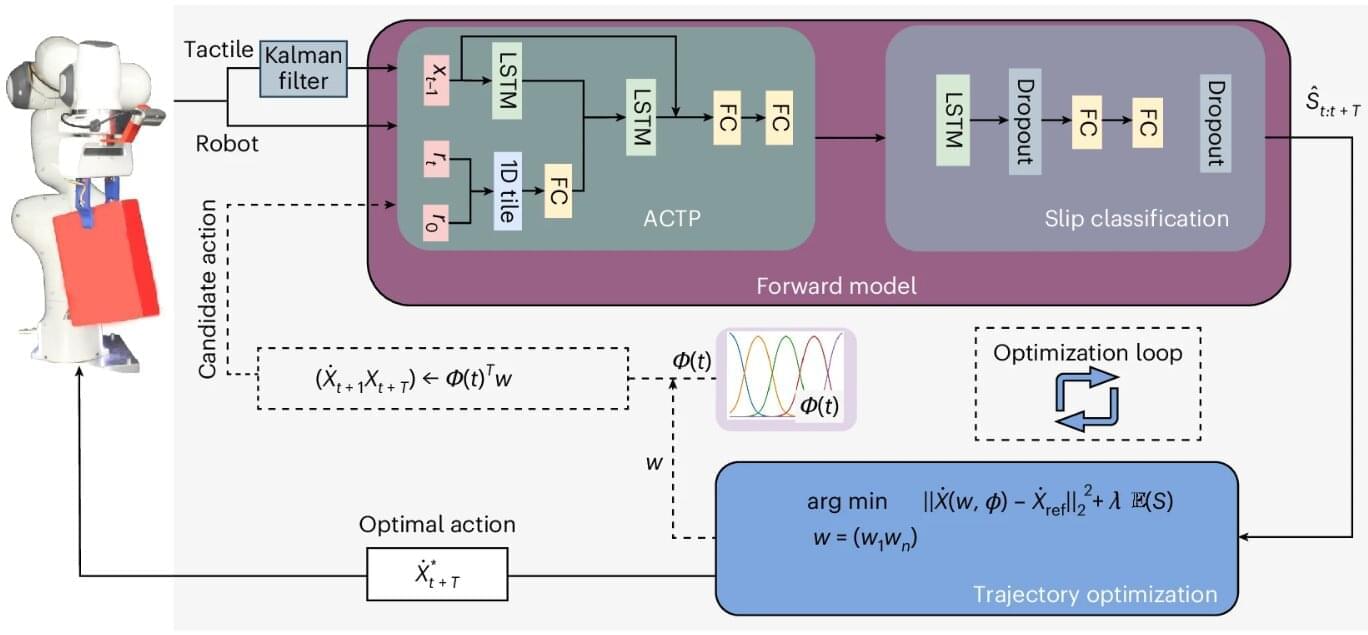MIT spinout Electrified Thermal Solutions has inked a deal with HWI, a member of Calderys and one of the biggest refractory suppliers in the US, to make electrically conductive firebricks – electric bricks, or E-bricks – that store and deliver extreme heat using renewable electricity.
The innovative partnership is all about scaling up Electrified Thermal’s Joule Hive Thermal Battery, which conducts clean power and stores it as heat up to a scorching 1,800C (3,275F). That’s hot enough to drive even the most energy-hungry industrial processes like steelmaking, glass, or cement production.
The E-bricks enable factories to ditch fossil fuels and run on renewables without sacrificing performance or reliability, and at a lower cost.








